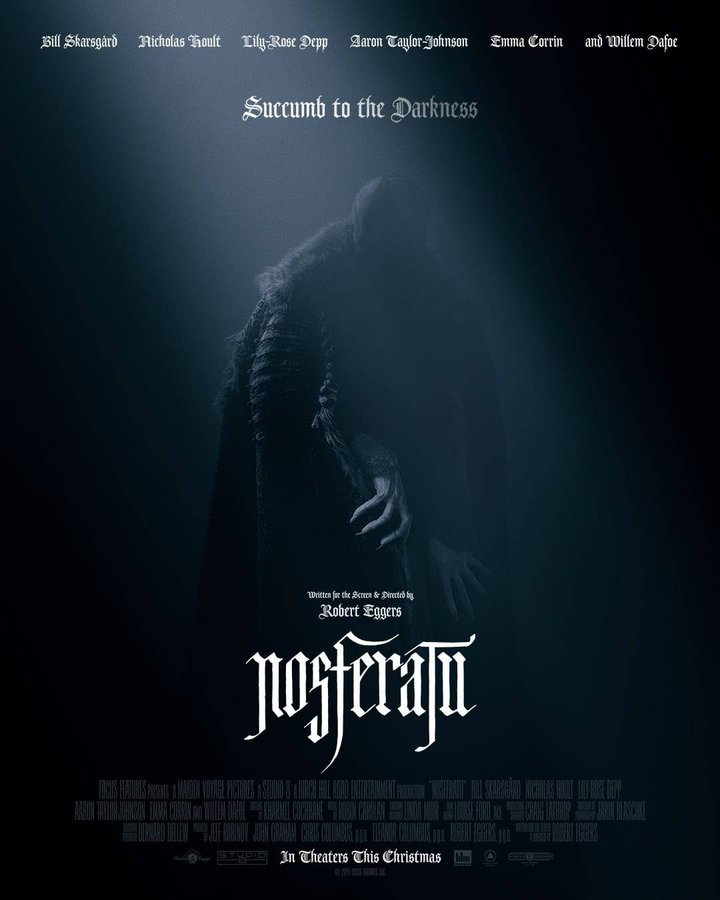I was reading a Herzog interview from 79 where he expressed that Nosferatu is ambiguous in that he brings pestilence and eventually redemption to the city. With his appearance, he brings destruction and eventual salvation.
I guess that's what ultimately makes his version of Nosferatu a little bit more interesting to me. That Herzog was interested in taking a hideous monster, and giving him traits that an audience could empathize with. Orlok is so "miserable in his solitude," "incurably sad," that the audience is no longer focused on his "long nails, pointed ears, and snake like teeth."
The ambiguous savior idea kind of needs a lot of twisting around to work, but it's at the heart of what I prefer over this iteration of Orlok.
I'll rewatch this eventually.





